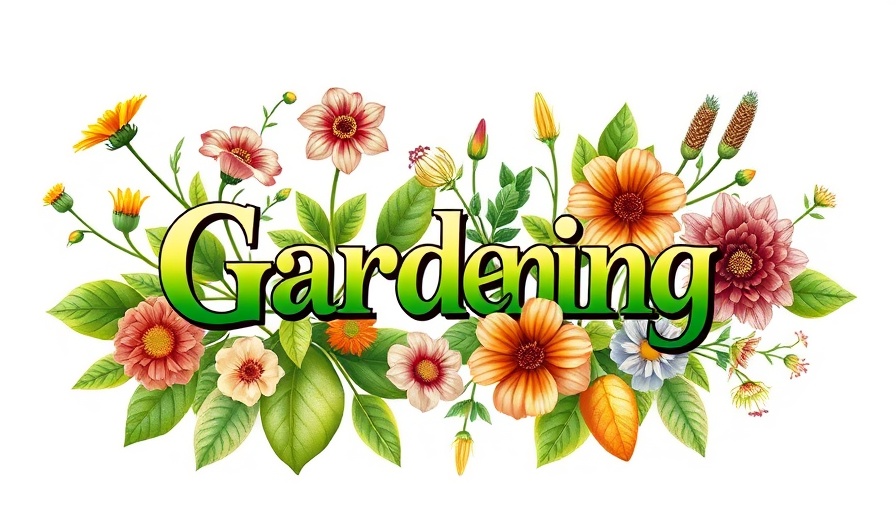
Understanding Zucchini Blossom End Rot: An Overview
Zucchini blossom end rot is a frustrating issue that often leaves gardeners disheartened, but understanding what it is can be the first step in prevention and treatment. This physiological disorder is not caused by a pathogen but results from a calcium deficiency in the plant, leading to weak, unhealthy fruits. Affected zucchinis exhibit a sunken, darkened area at the blossom end, resulting from the plant's inability to build sturdy cell walls necessary for healthy fruit development. This disorder can also affect a variety of other plants, including tomatoes, eggplants, and peppers.
Identifying the Signs: Early Detection is Key
Identifying zucchini blossom end rot early can save your crops. In the initial stages, a sunken, slightly discolored spot appears at the blossom end. If untreated, this spot darkens and expands, making the fruit unsuitable for consumption. While similar symptoms can arise due to poor pollination – often seen in rainy or fluctuating weather that disrupts bee activity – recognizing the difference is crucial. Look for fruits that appear stunted or not developed at all; these could signal a different issue.
Understanding Causes: Beyond Soil Deficiencies
Calcium deficiency is the primary cause of zucchini blossom end rot, but it's important to note that this doesn't mean your soil is lacking in calcium. Often, environmental factors inhibit the uptake of calcium by plants. For example, sporadic watering can prevent calcium from effectively reaching plant roots, making consistency crucial. Furthermore, over-fertilization and root damage can also hamper calcium absorption and lead to poor fruit development.
Preventative Strategies: Tips for Superior Growth
To prevent zucchini blossom end rot, ensure your plants receive consistent moisture, which helps calcium dissolve in the soil and makes it available to roots. Aim for deep, regular watering rather than sporadic, shallow drenching. Mulching around your plants can help retain moisture and stabilize soil temperature, supporting overall plant health. Additionally, amending the soil with lime can boost calcium levels, but be cautious of your soil's pH level; overly acidic conditions can hinder nutrient uptake.
Effective Treatments: Rescuing Your Zucchini
If you notice early signs of blossom end rot, there are steps you can take to potentially salvage affected fruits. While the damaged portion will not heal, maintaining proper care can save new fruits from developing the same condition. Ensure consistent watering and consider using a calcium-infused foliar spray to provide your zucchinis with immediate access to this vital nutrient. For those dealing with both blossom end rot and pollination issues, hand-pollination can ensure fruit sets successfully without relying solely on environmental factors.
Future-Proofing Your Garden: Understanding Trends and Changes
As climate change continues to affect growing conditions, gardeners must adapt to new weather patterns. Increased rainfall and temperature fluctuations can exacerbate conditions leading to blossom end rot. Gardeners should be prepared to monitor their plants more closely, considering options like greenhouses or covered garden beds to provide controlled environments. By staying attuned to these changes and preparing ahead, you can keep your garden flourishing, even in unpredictable conditions.
Empowering Gardeners: Share Your Experience
Preventing and dealing with blossom end rot can be a common struggle among gardeners, but sharing experiences can provide valuable insights. Whether you're a seasoned gardener or a novice, communities and local gardening groups can offer tips, advice, and support. Engaging with fellow gardeners enables you to exchange techniques that keep your zucchinis and other plants healthy.
In summary, understanding the causes and effects of zucchini blossom end rot empowers gardeners to take control of their plants’ health. By implementing consistent care and being proactive with prevention strategies, homeowners can ensure a bountiful harvest and a flourishing garden.
 Add Row
Add Row  Add
Add 


Write A Comment